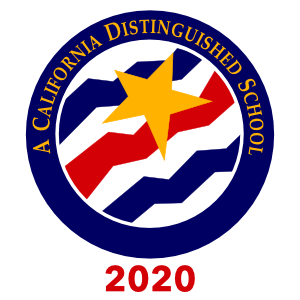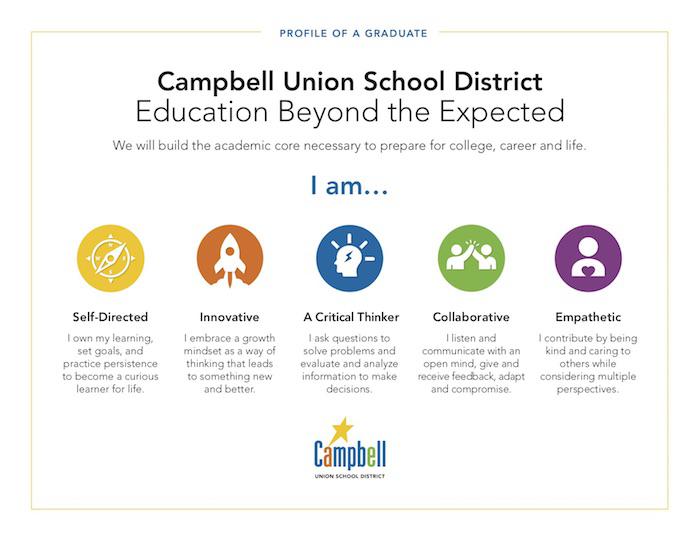An Interview with No Bully Pioneer Teacher Aisling and Principal David
While the phrase No Bully strikes an immediate chord in the current school climate of today, the program title does not fully convey what this truly solutions-based process is all about — respect, inclusiveness, and asset building for all those involved.
In July 2012, Seth’s Law, aimed at reducing the rise of bullying in California, prompted and required all public schools to adopt some sort of policy and procedure for identifying, receiving and investigating bullying complaints. In the spirit of the Village way, a group of teachers and parents partnered to research and select a program that not only checked all of these boxes, but went steps beyond.
Implemented in the 2013/14 school year, the No Bully system helps us not only identify, receive and investigate complaints, but also has a big-picture goal of building an inclusive school culture, and we have found that the difference is in the solution (Solution Teams, that is)!
But before we can talk solution (or Solution Teams, that is), it’s important that we understand what bullying is. According to No Bully, bullying occurs when a student repeatedly attempts to hurt, humiliate or exclude another less powerful student. The four main ways in which bullying happen are:
Physical Bullying — when a student uses physical force to hurt another student by hitting, pushing, shoving, kicking, taking a student’s belongings or stealing their money.
Verbal Bullying — when a student uses or gestures to humiliate another student by threatening, taunting, intimidating, insulting, sarcasm, name-calling, teasing, slurs, graffiti, put-downs and ridicule.
Relational Bullying — when a student isolates another student from their peer group through leaving them out, gossiping, spreading rumors, and scapegoating.
Cyberbullying — when a student uses a cell-phone, text messages, emails, instant messaging, chats, and social networking sites to harm another student in any of the ways described above.
Despite laws mandating schools to address bullying, the challenge for many has been finding effective solutions to not only meet the requirement, but create a real change. No Bully developed the No Bully system, a step-by-step process that focuses on four levels — Preventing bullying & building an inclusive culture, Interrupting bullying and referring instances of bullying to a Solution Coach, Holding a Solution Team and following up, and Implementing an empathy-building action plan.
While punitive responses to bullying are based on the belief that students involved in bullying lack the capacity for positive feeling and are best redirected by punishment, the No Bully System focuses on empathy, caring about each child and respecting their perspective and feelings. It’s this focus on no blame and support for social and emotional growth and learning that made it a good fit for Village.
Our north star or guiding principle in the implementation of No Bully at Village and our efforts to build that inclusive culture begins with our Village Vision statement —
“We all belong. We are all significant.
As we work, learn and play, we come together with compassion and respect.”
Developed by the community at the start of the implementation of No Bully over five years ago, this Vision Statement is what we strive to be, and we put these words into action every day with our Village Values — Modeling Respect, Making Good Choices and Solving Problems.
There are countless examples of our M&MS in action on our Village campus each day, but we also have instances where kids are still learning how to socially interact and are trying behaviors that don’t align with our Vision & Values. This is why we are so lucky to be at a parent participation school where we have lots of adults on campus, and each of us plays a vital role in the No Bully process by watching, interrupting and reporting any negative, targeted and repeated social interactions amongst kids.
If you do witness actions that may be bullying, please complete the Adult Report Form available in the office. Our No Bully team of Solution Coaches, made up of teachers and staff, will investigate and decide the best next steps, one of which might be a Solution Team.
Teachers Aisling and Chris and staff member Michele were trained as Solution Coaches at the onset of No Bully, and along with former Village staff member Becky. Seeing the value and success in the process, there is good news to report, our team of Solution Coaches has expanded! In October, teachers Gretchen, Talia and Roberta received training through the No Bully program and are also now available to run Solution Teams. Additionally, our new administrative assistant Veronica will be trained very soon.
Of course, not all negative social interactions amongst kids are bullying. Many are student conflict, and it’s important to note the difference. Conflict occurs when two students disagree because each perceives the other is getting in the way of their needs, concerns, or goals. While conflict is not bullying, conflict can become bullying if a child repeatedly attempts to take power over another to resolve conflict by using physical or verbal abuse.
Trained to know the difference and respond in the most appropriate way, our Solution Coaches combine empathy with action and aim to add tools to students’ social toolboxes, either via Solution Teams or other means of support, focusing on social emotional growth and especially Empathy, one of the 5 competencies included in Campbell Union School District’s Profile of a Graduate.
“Empathy ties in directly with what students develop through working on a Solution Team,” says Principal David, “And supports Village’s core belief of focusing on the whole child.”
If it’s decided that a Solution Team might be a helpful option, the Solution Team coach would first get permission from the targeted child. At this point, the targeted child’s parent would also be looped in, so they are aware of the situation and know that their child has been given the option of a Solution Team and what he/she has chosen.
“This process is about the child being given, and having the power of, a voice to talk to us and to have another adult to check in with and help them relationship-build,” says Teacher Aisling. “A team only happens if the targeted child wants it. If not, we might identify other ways to help that child and other children involved with whatever asset(s) they are working on building.”
In a Solution Team, the group is brought together with one focus in mind, says Teacher Aisling, “What can we do to help?” The Solution Team coach facilitates the discussion and has everyone in the group provide a suggestion. After this initial solution-brainstorming session, the group is then brought back together for quick check-ins to see if they have been able to try any of their suggestions and how it went. For example, when a student was asked what she did to help on a Solution Team, she said, “I sat with her at lunch.”
While the team takes a collaborative approach, the Solution Coaches will also work with both the target and bully individually to build assets, says Teacher Aisling. Often times the child in the perceived role of bully can be lacking skills that lead to the bullying behavior.
From start to finish, the Solution Team process takes about three-four weeks with a three month follow up. All Solution Team coaches meet with teams during their prep periods, so kids are not missing recess and don’t feel as if they are being punished in any way, says teacher Aisling. Parents of those children involved will receive a notice that their child has participated in a Solution Team. If you receive a notice, please ask your child what they did to help. This will only reinforce their asset-building. And most of all, trust the process, says Teacher Aisling. The coaches do keep a log of all reports and Solution Teams, but there is no public reporting done in order to protect all the kids’ privacy and to help ensure kids aren’t stuck in a perceived role of target or bully.
As part of a proactive approach, our Solution coaches also manage Welcome Teams, which were created to help new Village students, 1st–5th grades to acclimate to a new school and community. Solution Team coaches meet with each new student at the beginning of the year and “get to know” them and offer whatever support they may need to make connections and feel safe, so they can get off to a good start.
No Bully and its use of Solution Teams is not just a program, but a means of using empathy to problem solve, and a tool for helping our community continue to strive to build a culture of inclusiveness. Principal David is pleased to share that since our adoption of the No Bully program, the number of Solution Teams run per year has decreased, which means it’s working! Research shows that ALL kids are capable of empathy and kindness, and we want to create conditions that support and reinforce these behaviors in OUR Village.































